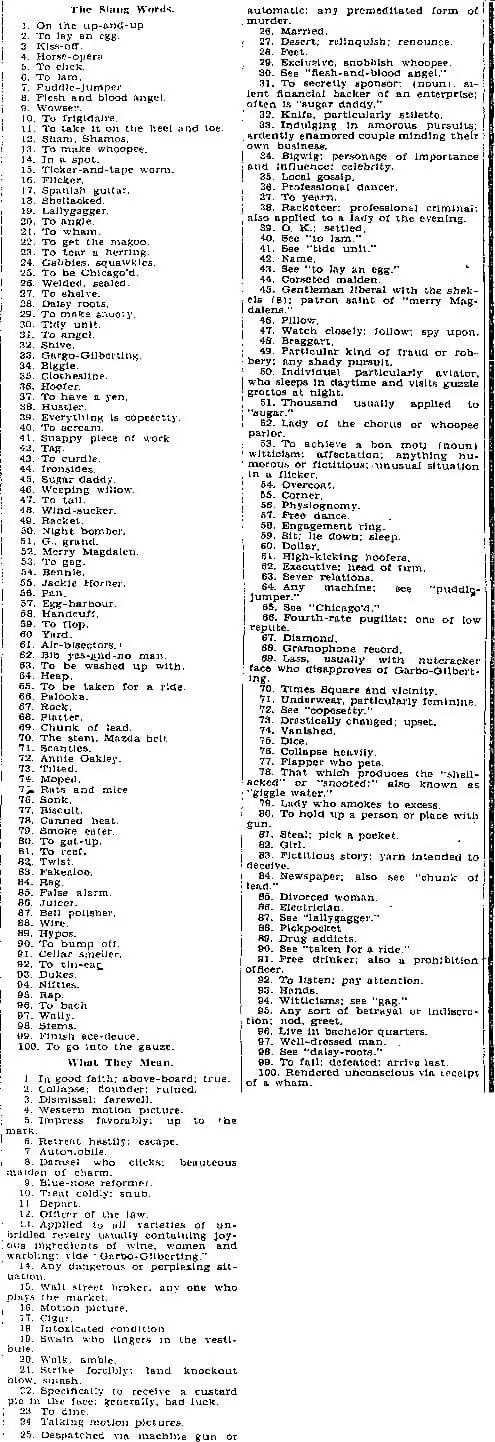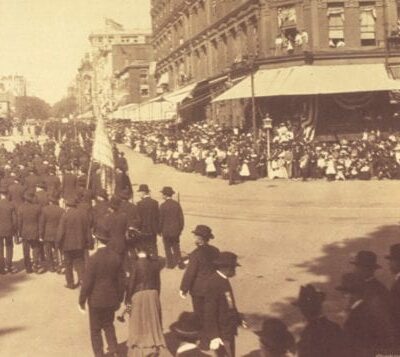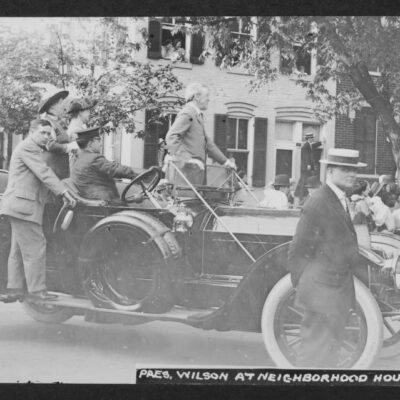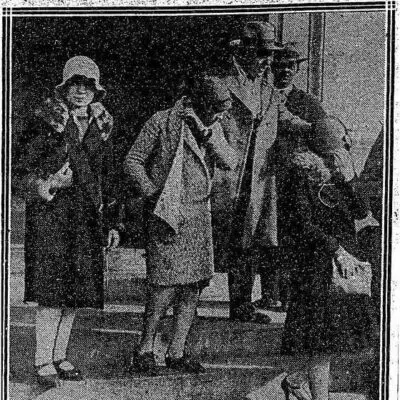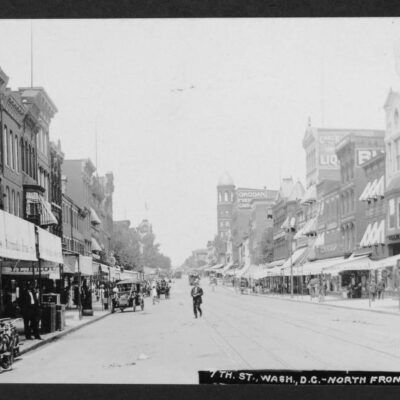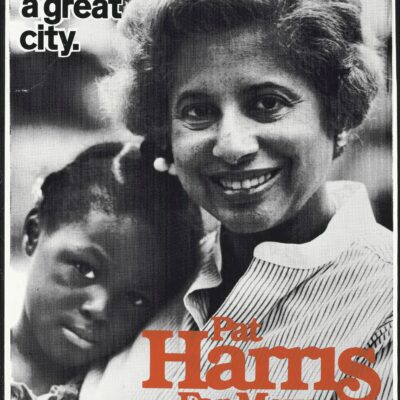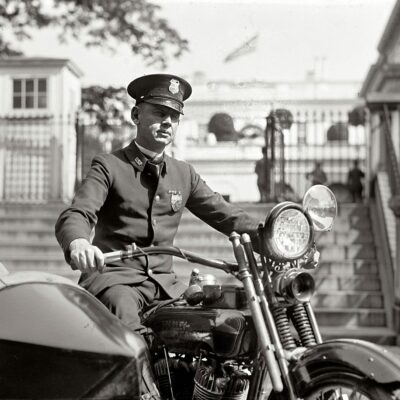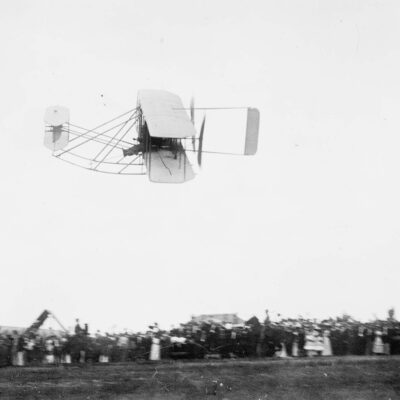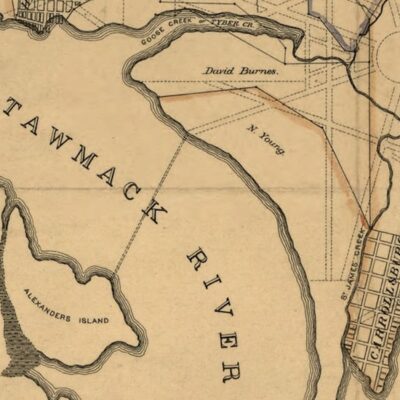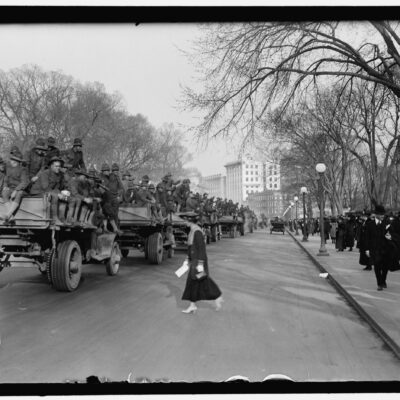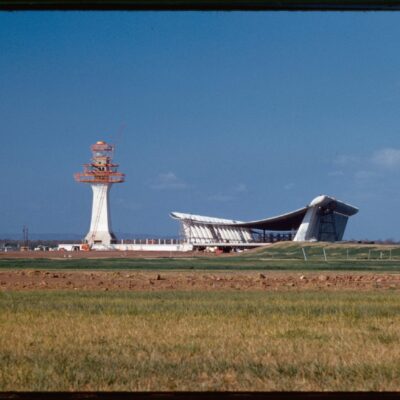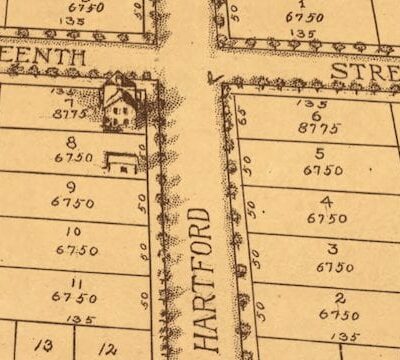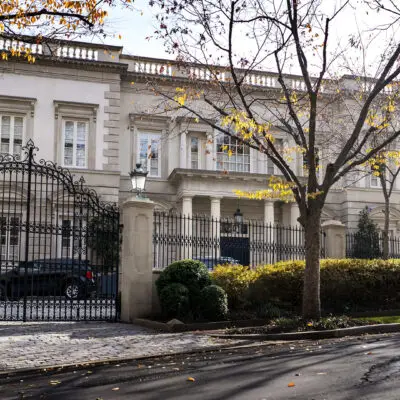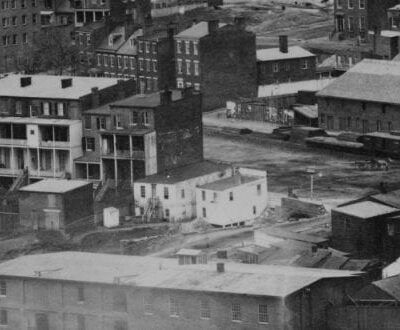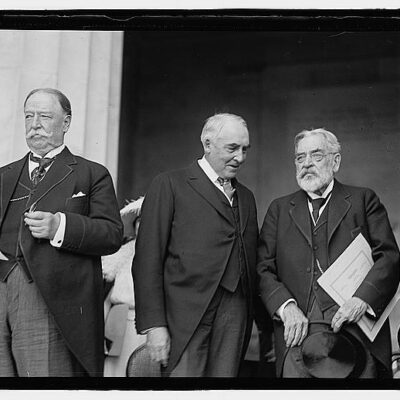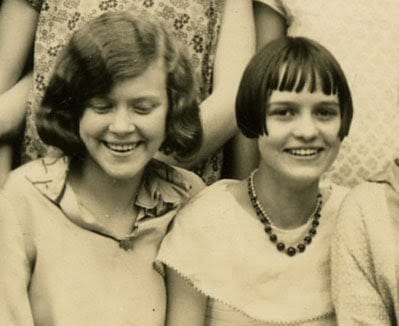
Here is an awesome article from the Washington Post, published on March 2nd, 1929. It was written by Arthur Dean, “The Parent Counselor.”
You think being a parent is tough today? Well, it wasn’t any easier in the 1920s. Parents who had growth up in the Victorian age had their hands full with wild and unruly teenagers with raging hormones and growing libidos. And to go along with the frustrations of managing these youngsters, they had to translate and interpret the slang of the day … without the Urban Dictionary. OMG, SMH!
To keep up with new words and expressions for old devices of man and the devil is some task for one who deals with the problems of youth.
Even the dictionaries and my impressive thesaurus (the book is not so expensive as the name) of English words and phrases, help very little.
“Ho hum.” “Blind dates.” “Heavy date.” “Collegiate.” “Giggle water.” And now it’s “Whoopee.”
That the term is not limited to youth is evident when a mother writes: ” believe in hiring a high school girl for 25 cents a night to come in and look after my little child while we go out and make whoopee.”
Exactly what she means neither you nor I know. If she has had limited experience in life, “making whoopee” may mean a game of bridge. If she drives a car and wants to show off her speed, she may be “making shoopee” when she gets the traffic officer interested enough to chase her.
If her oldest daughter is going out for a good time on a week-end party, the girl may be “making whoopee.” If her husband likes “giggle water,” he is “making whoopee” when he takes a hard drink.
For the benefit of the older generation (and asking their pardon for the language), I may say that in “our day” (just as though every day isn’t our day) that “making whoopee” meant raising–well, you oldsters know what it meant.
And what different interpretations were put on our old-fashioned whoopee. I’ve seen girls from the Middle West who were “out for a good time” and thought they were getting it when they crawled into a basement in Greenwich Village, ate inferior food, prepared and served under unhygienic conditions, in a room filled with an indescribable blend of aromatic fish, garlic and cigarettes. They sat around tipsy, frail, green-painted tables with red walls hitting them in the eyes. That was “whoopee” in the good old days. And with what a mysterious air they wrote home about it!
The old nag sweating along at 10 miles per hour has a mechanical successor that does 60. “Postoffice” in the parlor is now staged in a sedan.
The kids of yesterday were smart. Ask dad; he knows. The kids of today think they’re smart. We don’t have to ask them–they tell the world.
Ho hum! The old human emotions are still with us, even if we have telephotos, radios and televisions.
When I delve into an edition of next year’s thesaurus I expect to find the word “whoopee,” and after it some such definition as “raising the Old Nick.”
I think it’s abundantly clear that every generation complains about the current crop of teenagers. I certainly do. I think they’re loud, obnoxious, rude and, generally speaking, a giant pain in the ass (not my niece and nephew though … you two are great). Okay, maybe I’m a little harsh, but it’s probably safe to say most of us were not model teenagers. Hell, even Bryce Harper, on the Major League stage, has dumbass teen moments (we forget that he’s 19).
Here’s another article from the Post, this time from April 29th, 1929. This one had an reference list of 100 slang terms and their definitions. Check it out below and click on it for a larger version.
